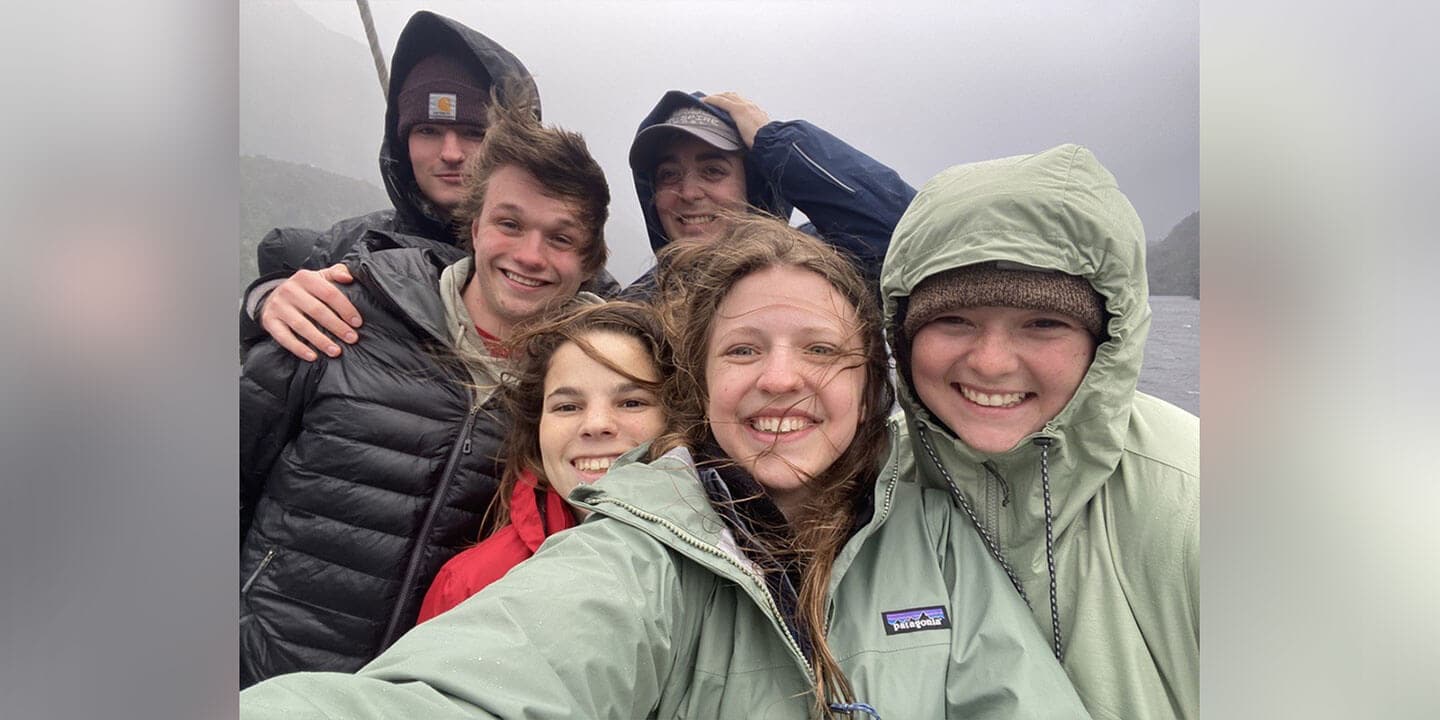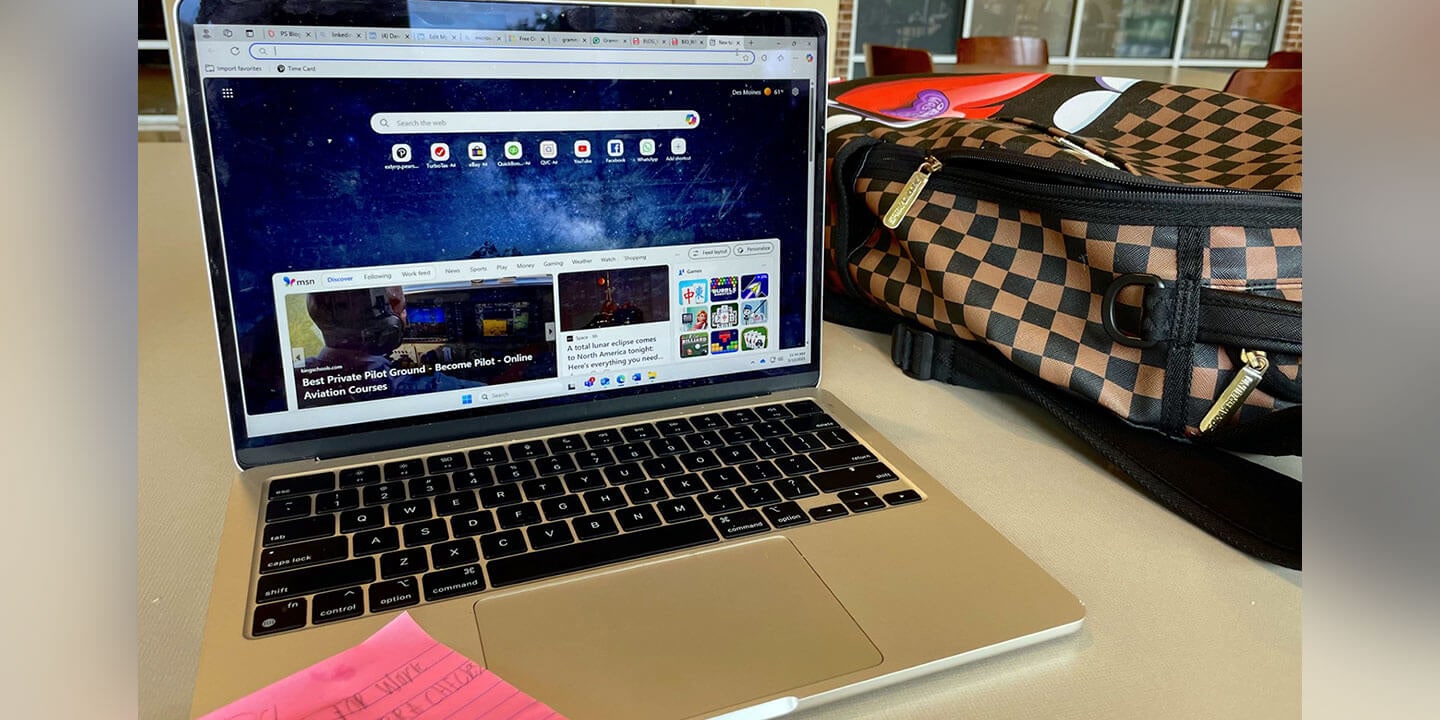
Embrace Being Unqualified: Why you should apply anyway
Embrace being unqualified! I know, it might sound odd but hear me out. College is the perfect time to step out of your comfort zone. It’s the best time to take risks and pursue opportunities that may feel just a little out of reach. Many of us, as college students, often feel we’re not qualified for the roles or opportunities we want. I can confidently say that during my job searches, I have run into the recurring issue of not having enough experience. However, being comfortable with the experience I do have, no matter how minimal, has given me the confidence to go after opportunities I might not have otherwise considered.
The reality is, not applying for a position doesn’t give us any better chances, so why not take the risk? I want to share why I believe we should be more comfortable trying for things we don't initially feel qualified for.
For one, applying when you don’t expect too much can take a lot of the pressure off. The best interviews I’ve ever had were for positions I thought I had little chance of landing. Going in with low expectations allowed me to put everything I had on the table without worrying about making mistakes. Often, the pressure to succeed comes from thinking we should get the position, when that may not be the case. Letting go of that mindset can set you up for success.
You also never know what employers/interviewers are looking for. There may be qualities and experiences you have that could make you a more well-rounded or multifaceted candidate than you realize. Employers may value things you never even thought to mention, such as transferable skills or ability to learn quickly. Sometimes, we underestimate what we bring to the table just because we don't meet all the listed qualifications. It’s easy to assume that a great opportunity is out of reach because it seems too competitive or too good to be true. But sometimes, those opportunities might not be as competitive as you think.
One of my favorite experiences with embracing this mindset was when I reached out to a faculty member conducting research at my college. As a new freshman with no knowledge of an existing position, I never even thought I would get a response and only reached out on a whim. Still, I decided it was worth a shot. To my surprise, I was quickly offered an interview and added to the research team on the spot! A great example of you never know until you try.
At my college, most students have to apply for jobs they don’t feel qualified for as part of the Co-op program. So, this idea is very accepted on my campus. But I can tell you from what I’ve seen that if my friends hadn’t taken these risks they would’ve missed some of their best opportunities! My roommate recently applied for several Co-op positions none of which she felt qualified for because she had no experience in her field. But she went for it anyway thinking all she needed was to get one. She ended up getting offered every single job! Another friend of mine saw an opportunity to apply to be on the executive board of her organization despite only being a 2nd year (of a 5-year program). She ended up being offered next year’s president position! The moral of the story is that sometimes we let insecurities hold us back from what could be some of our most exciting and rewarding experiences. You may be more qualified than you think!
Do you have a compelling story or student success tips you’d like to see published on the Pearson Students blog? If you are a college student and interested in writing for us – click here to pitch your idea and get started!







